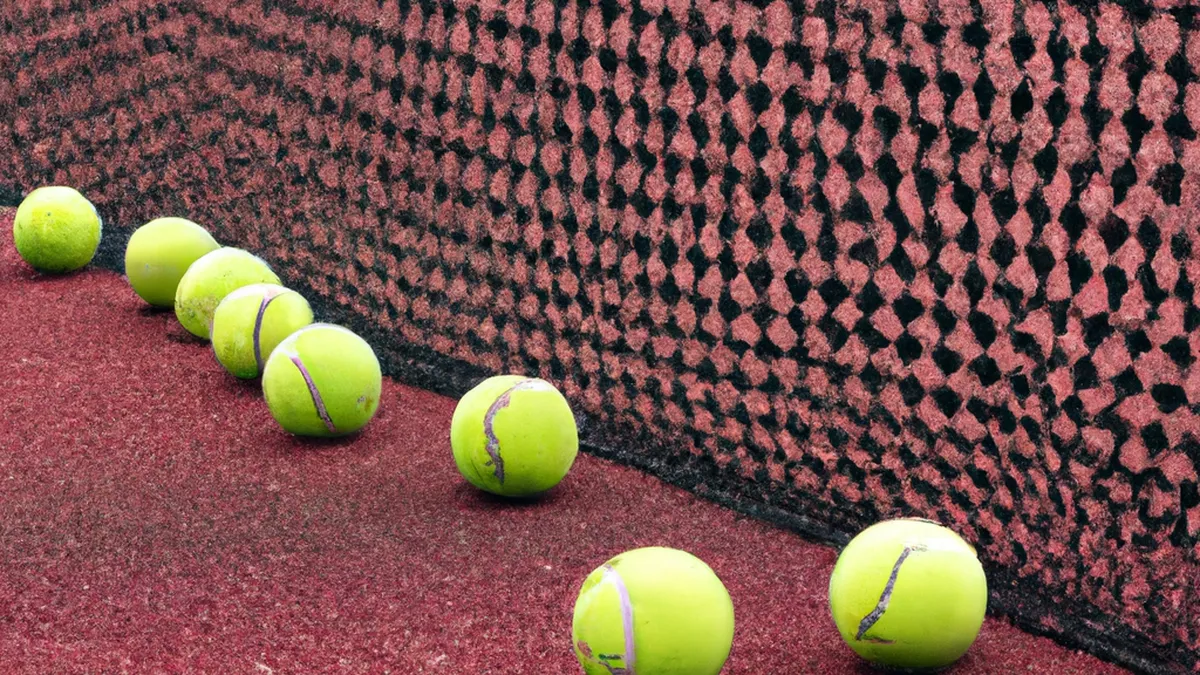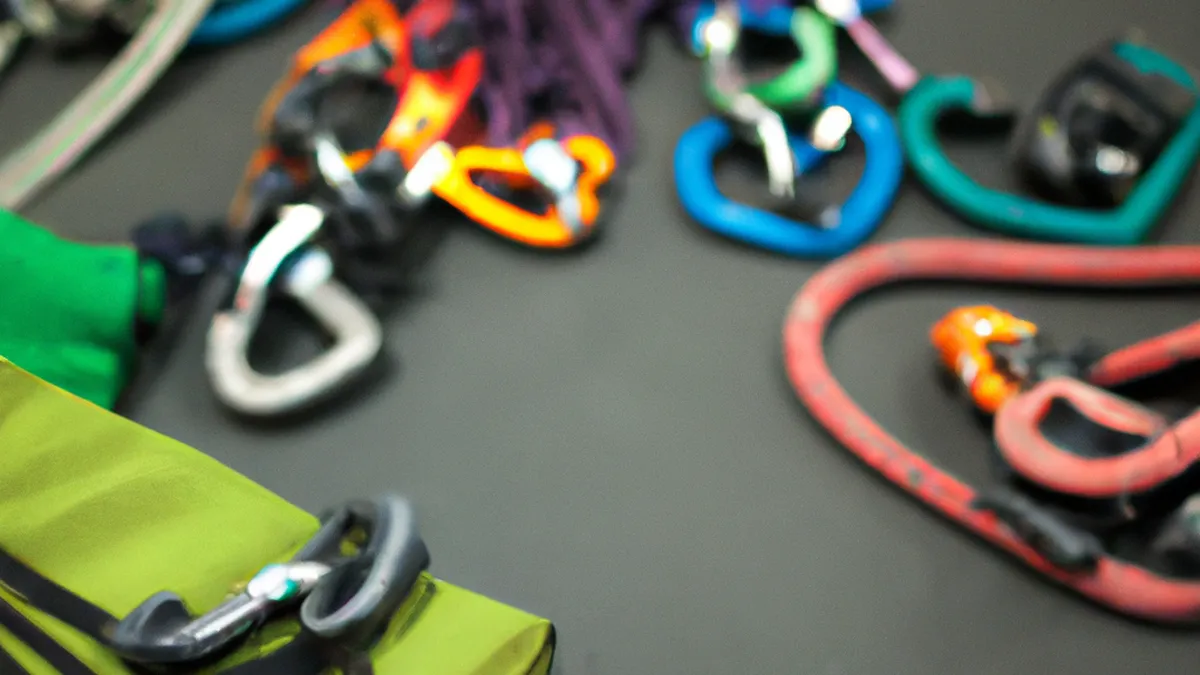Different Grip Sizes: Which One Fits?
The Benefits of Different Grip SizesGrip size significantly influences sports and fitness performance. Whether you lift weights, swing a racket, or throw a ball, grip size matters. Knowing the benefits of various grip sizes helps you optimize workouts and enhance skills.
Why Grip Size Matters
Grip size affects control, strength, and comfort in physical activities. A proper grip improves equipment control, leading to accurate movements and reduced hand strain. Additionally, a suitable grip lowers injury risks, especially during repetitive motions.
The Science Behind Grip Size
The human hand comprises muscles, tendons, and ligaments. When gripping an object, these components work together to provide necessary force and control. An improper grip can cause muscle fatigue, decreased performance, and chronic injuries like tendonitis or carpal tunnel syndrome.The right grip size promotes optimal biomechanics, allowing effective hand function without overexertion. This importance increases in sports requiring repetitive gripping, as a suitable grip size minimizes muscle and joint wear.
Choosing the Right Grip Size
Selecting the right grip size needs careful consideration. First, measure your hand. Use a ruler or measuring tape to find the distance from your fingertips to your palm’s base. This measurement helps identify the appropriate grip size.Next, consider your activity type. For instance, tennis players often prefer smaller grips for better wrist control and quick adjustments. In contrast, weightlifters benefit from larger grips for leverage and stability during heavy lifts. Knowing your activity and hand size guides your choice.
Testing Different Grip Sizes
Experimenting with grip sizes yields valuable insights. Start by trying different sizes during workouts. Pay attention to how each grip feels during movements. Notice any changes in performance, such as weight control or swing execution.If lifting weights, test both smaller and larger grips. A smaller grip might enhance wrist movement, while a larger grip offers stability. For racquet sports, try different grips during practice sessions to understand their impact on swings and gameplay.
Benefits of Smaller Grip Sizes
As an Amazon Associate I earn from qualifying purchases.
Gear tip: consider tennis racket, tennis balls, and overgrip to support this topic.
Smaller grip sizes provide advantages that enhance performance in various sports.
Improved Dexterity
First, smaller grips improve dexterity. They allow easy hand position adjustments, crucial for sports requiring quick, precise movements. In tennis, for example, wrist rotation significantly impacts shot accuracy and spin.
Natural Wrist Motion
Second, smaller grips promote natural wrist motion. This factor is vital in tennis and golf, where natural wrist movement enhances performance.
Conclusion
Understanding grip size benefits helps you improve your sports performance and reduce injury risks. Experiment with different sizes to find what works best for you.
Below are related products based on this post:
FAQ
Why is grip size important in sports and fitness?
Grip size significantly influences control, strength, and comfort during physical activities. A proper grip enhances equipment control, leading to more accurate movements and reduced hand strain, while also lowering the risk of injuries from repetitive motions.
How can I choose the right grip size for my activities?
To select the right grip size, first measure your hand from your fingertips to your palm’s base. Then, consider the type of activity you will be doing, as different sports may require different grip sizes for optimal performance and comfort.
What are the benefits of using a smaller grip size?
Smaller grip sizes improve dexterity, allowing for quick and precise hand position adjustments, which is crucial in sports like tennis. Additionally, they promote natural wrist motion, enhancing performance during activities that rely heavily on wrist movements, such as golf and tennis.















Post Comment